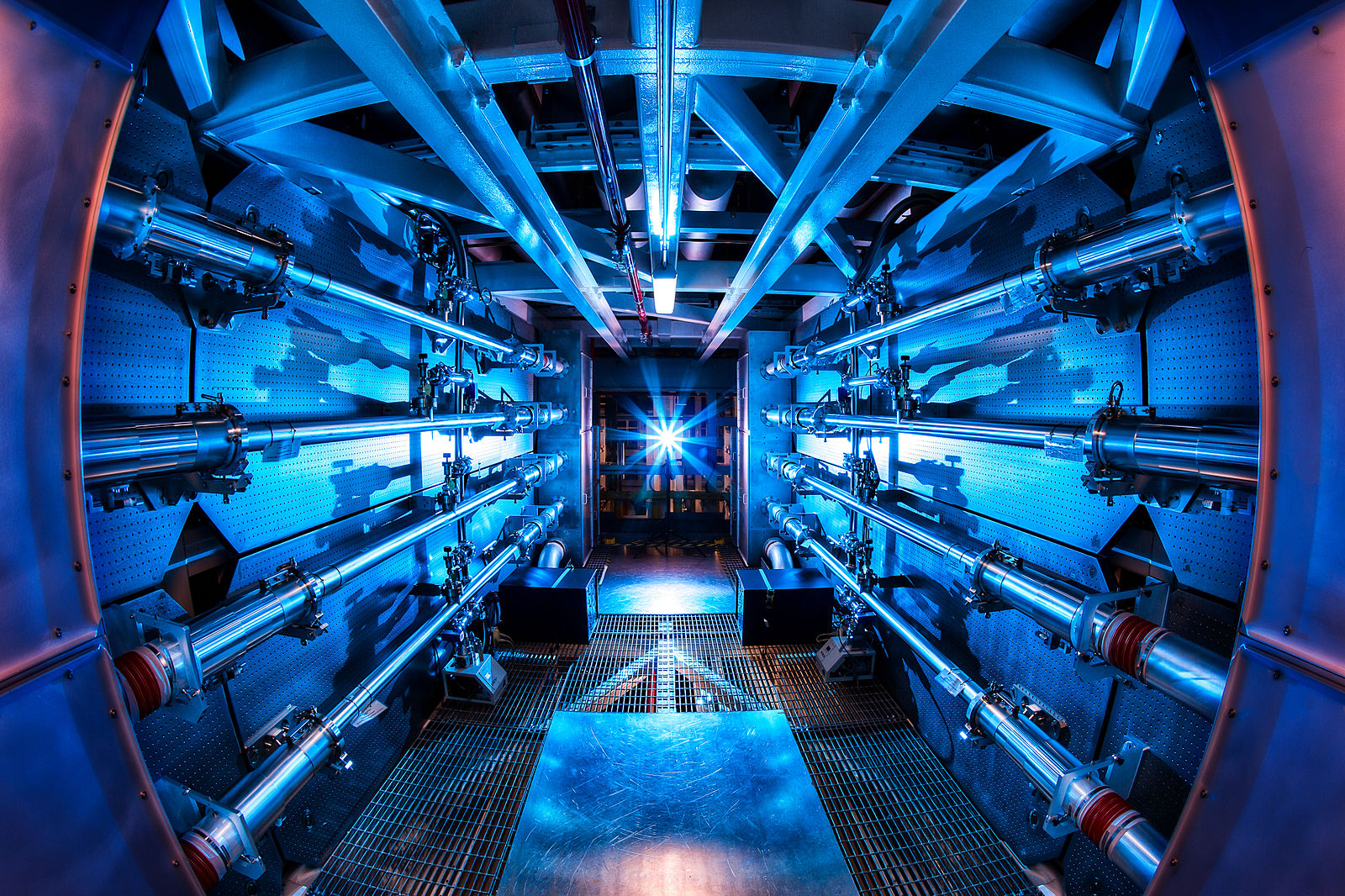Part 7 of 18 Parts (Please read Parts 1 thru 6 first)
Following the success of the hydrogen bomb project to generate huge amounts of energy via fusion reactions, the next obvious question was whether thermonuclear fusion explosions could be scaled down and controlled to the point where they might be able to be used for commercial power generation.
There is no theoretical reason why thermonuclear fusion generation cannot be miniaturized. There is no theoretical limit to the amount of fuel that could be used to create a fusion “microexplosion.” On the other hand, the way that thermonuclear fusion bombs are triggered cannot be scaled down. A self-sustaining nuclear fission chain reaction requires a minimum critical mass of fissionable materials. Such a chain reaction results in an unavoidable huge explosion. Even if it were possible to make fission microexplosions, they would still generate radioactivity.
Avoiding energy generation that produces radioactivity is one of the main reasons for research into nuclear fusion. If we are going to use hydrogen bombs as a starting point for the evolution of commercial fusion energy, we first had to find a way to replace the fission trigger used in thermonuclear bombs.
One of the very useful properties that lasers have is that a laser beam can be focused down to a tiny spot limited only by the wavelength of the light produced by the laser. Very high intensities of light can be produced by concentrating laser beams to a point. There are powerful laser systems commercially available which can vaporize any known physical material. These laser systems are also capable of reaching temperatures in the hundreds of millions of degrees which are needed to trigger nuclear fusion reactions.
By 1968, just eight years after the invention of the first laser, the USSR’s Lebedev Institute of Physics run by Nikola Basov reported that they had observed nuclear fusion reactions when they used a laser to irradiate a lithium hydride target. The observations reported by the Soviet scientists were soon duplicated in U.S. and French laboratories. John Nuckolls in the U.S. had been researching the question of how to miniaturize thermonuclear explosions without the need for the fission trigger used in fusion bombs.
The basic idea pursued in laser fusion research which has emerged since the original proposals of Basov and Nuckolls is based on the same fundamental principles of radiative implosion used in the Teller-Ulam hydrogen bomb. A tiny spherical fuel pellet is hit from all sides simultaneously by powerful laser pulses. At first, the laser energy is absorbed by the outer layer of the pellet which causes it to expand explosively. Due to the physical principle of action-reaction, when the outer layers of the pellet expand away from the pellet, the inner layers are driven toward the center of the pellet with enormous pressure. This generates shockwaves that compress the core of the pellet to an extreme density. Thus, temperatures in the hundreds of million of degrees are produced in the pellet which are needed to trigger the fusion process.
This approach has been pursued in many experiments with powerful lasers which have been carried out in the U.S., Europe, Japan and the former Soviet Union over the decades since the development of the hydrogen bomb and the laser. The ultimate result of all this research has been the creation of the one hundred and ninety-two laser beam National Ignition Facility at the U.S. Lawrence Livermore Laboratory. This is the biggest laser system in the world. The NIF has used a laser set-up in which the laser energy is first converted to X-rays by the interaction of the laser light with a metallic shell around the fuel pellet. It was hoped that this would result in a much more efficient implosion of the fuel pellet.
However, there are immense difficulties with this approach. The radiative implosion process is vulnerable to hydrodynamic instabilities which can prevent effective compression. The efficiency of the coupling of the laser energy to the fuel pellet is low, there are radiative losses and other problems.
Today, there are new strategies being explored. It is hoped that these new approaches will be able to overcome impediments to the progress of fusion energy research since the very beginning.
Please read Part 8 next.
Nuclear Fusion 90 – Powerful Lasers And A Mixture of Hydrogen and Boron Are Being Researched As The Basis For Nuclear Fusion Power Generation – Part 7 of 18 Parts

Written by
in
